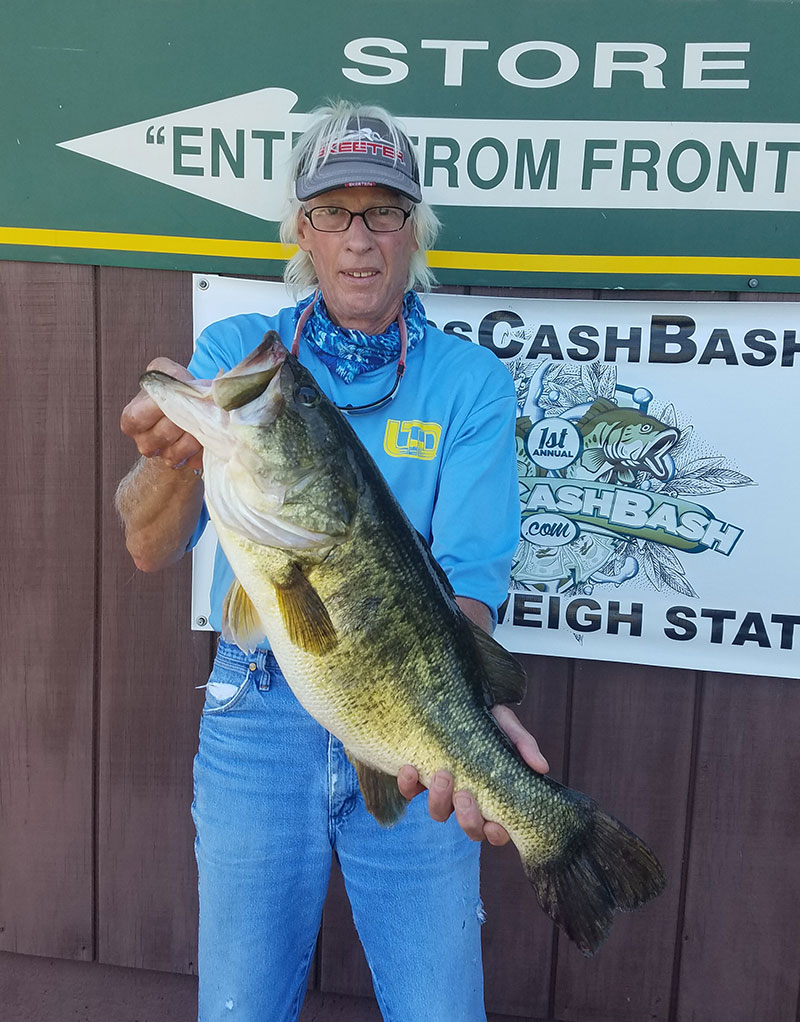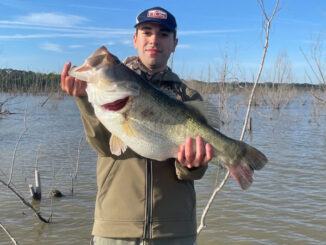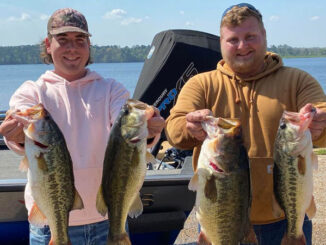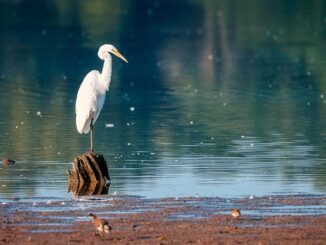
Catch bass one of three ways to beat the summertime blues during August at Toledo Bend.
As stifling as the heat can be this time of year, the lake appears set up right for the summer. The pool level the first week of July was pegged at 170.91 with an abundance of grass for the first time since its disconcerting disappearance in the mid-2010s. The combination is just what the bass doctor ordered. As long as the lake maintains 170 or 169 feet, those pool levels are ideal with water clarity at its best.
The return of the grass, growing vibrantly mostly all along the Texas side and on the Louisiana side north of Pendleton Bridge, is such a major plus after being sorely missed for the past 7 to 8 years. The green mats and pads pave the way for flippin’ and droppin’ jigs and, mostly, soft plastics like Senkos, Zoom Ol’ Monsters, creature baits and craw worms.
Those tactics should produce bass this month, but other summer patterns historically put bass in the boat, such as crankin’ the edge of those grassbeds, and targeting docks with other moving baits, including crankbaits and soft plastics.
Find and crank
If you are well-versed in marine electronics, it’s a good time to use them to find fish deep, then throw deep-diving crankbaits at the offshore bass. You can find schools of bass, but there’s no guarantee they’ll bite. Shad and bream-colored crankbaits that cover 10- to 15-foot depths should be the main course at this time.
And there are more docks lining the lake than ever before. Target the floating structures in the main creeks and work from the bank to 12- to 15-foot depths around them.
One of the leading artificials to use around docks, many have several brushpiles around them, is a drop-shot soft plastic. That rig can be presented power fishing, but often is more successful by finesse fishing. An underhand flip either way is ideal for reaching shade under the structures. I’ll be dropping a 4-inch long June bug Senko. Other top colors are green pumpkin/red and green pumpkin/red.
If bassers want to move along at a brisk pace to fish docks, they’ll put crankbaits, bladed jigs, spinnerbaits, buzz baits and, even, plastic frogs in their hand. Golden bream, chartreuse/white/blue and other baitfish patterns are choice colors.
The majority of the time bass anglers, including myself, will be fishing the thick, luscious grass beds that have grown the past year in the lake. The grass break mostly is in 10- to 12-foot depths with scattered clumps outside in 13-foot depths. Many bass move out of drains to get in the grass and cool their fins.
Pass the grass test
Here’s how to fish the grass successfully:
- Key on migratory routes (drains) in and around the grass. Target points and indentations. Cover water. The bites can be far apart but generally when you run into the bass there will be multiple bites.
- Drop a June bug/red or Redbug plastic worm 8 to 10 ½ inches long, including Zoom’s Ol’ Monster, keeping limp line under a ½-ounce worm weight.
- Be a line watcher. Focus. Pay attention to the drop. If there’s a twitch, or the plastic worm, crawworm or creature bait stops in its tracks, slam the steel home.
- Use 40-pound green braided line. I prefer Power Pro. It doesn’t do any good to hook a heavy bass only to lose it because it pulls off or the line breaks in matted grass.
- Bass can be on the bottom or suspended 3- to 5-feet under the canopy.
Don’t be surprised to see one or more double-digit bass caught in the grass from late July to early September. Four 10-plus pounders were caught in June.
I’ve been guiding on this lake most of my life. Give me a call at (936) 404-2688.


